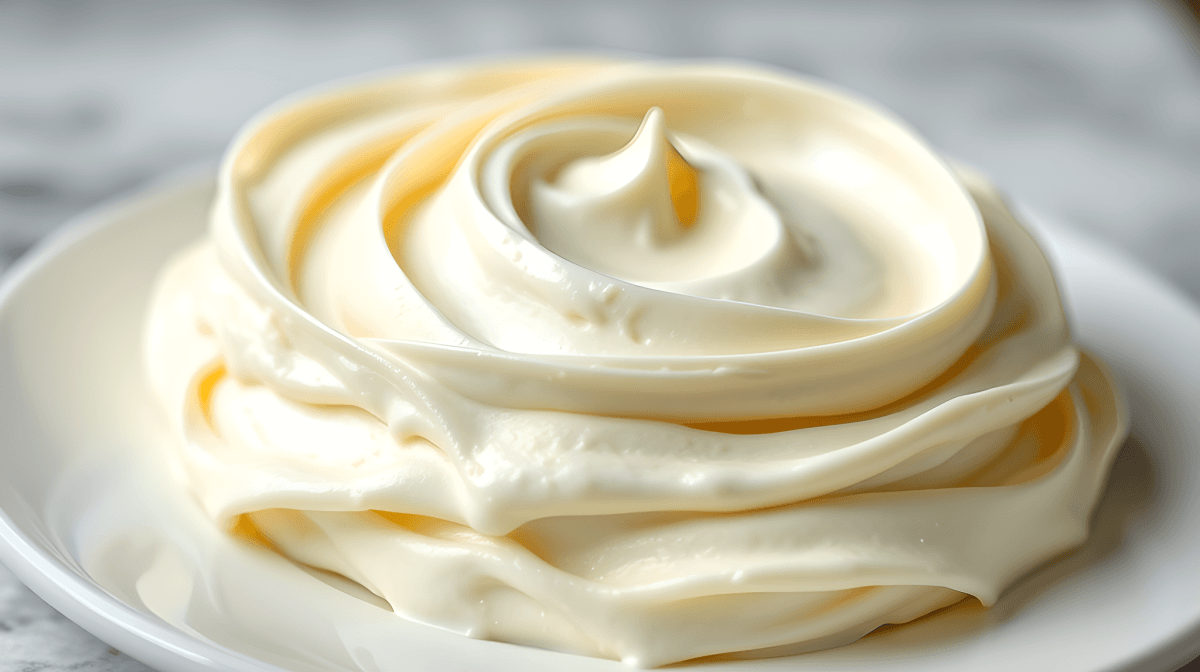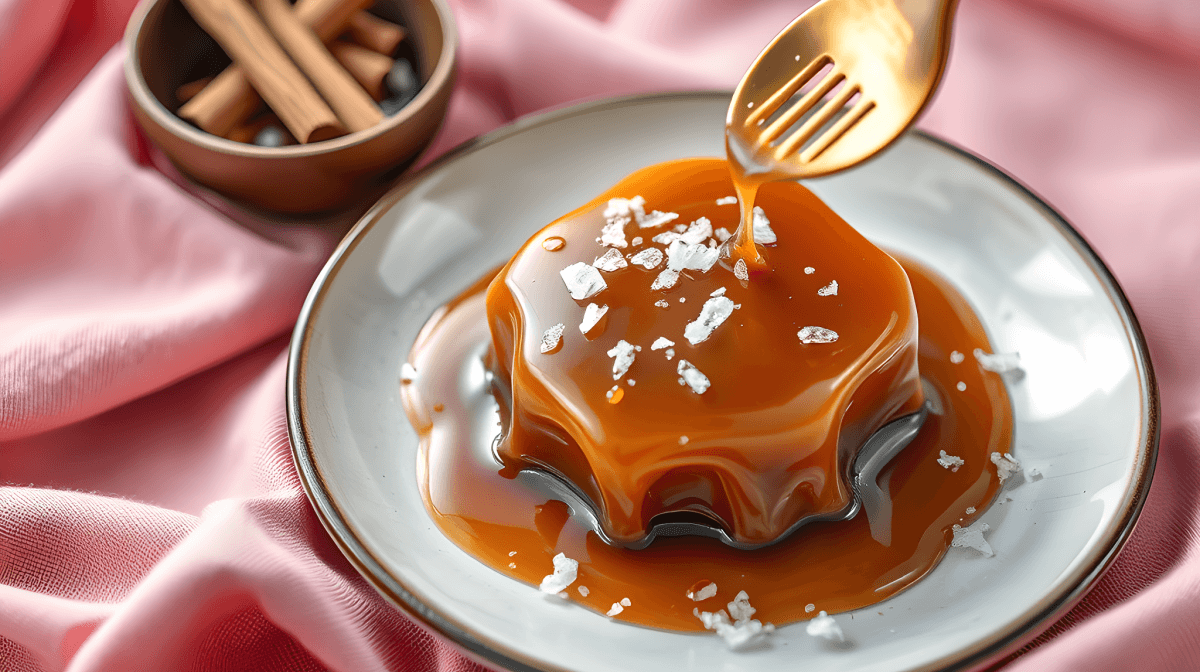Introduction
If you’re looking for a comforting, hearty meal, look no further than a Chuck Tender Roast. Known for its rich flavor and versatility, the chuck tender is a relatively affordable cut of beef that, when cooked properly, can be just as tender and flavorful as more expensive cuts. Whether slow-cooked, braised, or roasted, the chuck tender roast is a perfect option for a Sunday dinner or a family gathering.
This Chuck Tender Roast recipe will guide you through the process of preparing this delicious roast with minimal effort and maximum flavor. By roasting it low and slow, you’ll get the perfect melt-in-your-mouth roast with juicy, tender meat and rich, savory flavors.
Let’s dive into how to make the perfect Chuck Tender Roast that your family will love!
Ingredients
Here’s what you’ll need to make a delicious Chuck Tender Roast:
For the Roast:
- 3-4 lb chuck tender roast (also known as a chuck eye or shoulder roast)
- 2 tablespoons olive oil (for searing)
- 1 large onion, peeled and quartered
- 4 garlic cloves, smashed
- 1 cup beef broth (or water with bouillon cubes)
- 1 tablespoon Worcestershire sauce
- 1 tablespoon balsamic vinegar (optional, for depth of flavor)
- 2 teaspoons dried thyme
- 2 teaspoons dried rosemary (or 1 tablespoon fresh)
- 2 bay leaves
- Salt and freshly ground black pepper, to taste
- 1 tablespoon butter (optional, for extra richness)
For Vegetables (optional):
- 4 medium-sized carrots, peeled and cut into large chunks
- 2 large potatoes, peeled and cut into large chunks
- 1-2 cups mushrooms, sliced (optional)
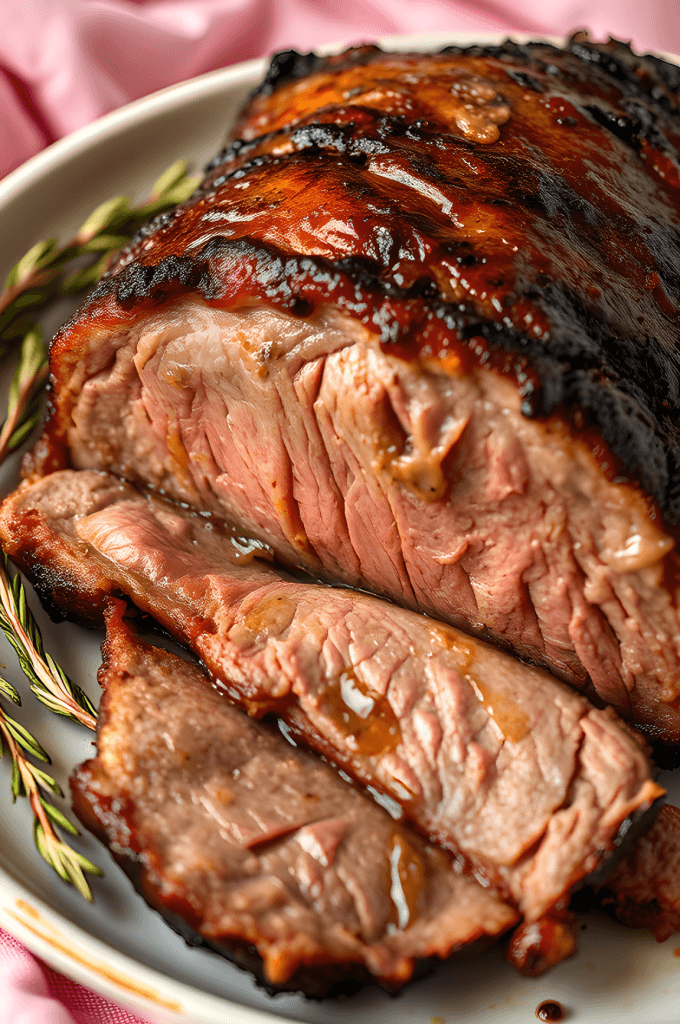
Instructions
Step 1: Prepare the Roast
- Season the roast: Pat the chuck tender roast dry with paper towels to remove excess moisture. This will help it brown better during searing. Generously season the roast with salt and pepper on all sides. You can also rub in some garlic powder, onion powder, or other seasonings if you prefer.
- Preheat the oven: Preheat your oven to 325°F (165°C). This low temperature ensures the meat cooks slowly and becomes tender.
- Sear the roast: Heat 2 tablespoons of olive oil in a large oven-safe skillet or Dutch oven over medium-high heat. Once the oil is hot, add the roast and sear it on all sides for about 4-5 minutes per side, until a rich brown crust forms. This step helps lock in the juices and flavor.
Step 2: Add Flavorings
- Add aromatics: Once the roast is seared, add the quartered onion, smashed garlic, and any other herbs or spices you’re using (such as dried rosemary, thyme, and bay leaves) to the pan around the roast.
- Deglaze the pan: Pour in the beef broth, Worcestershire sauce, and balsamic vinegar (if using). Use a wooden spoon to scrape up any browned bits from the bottom of the pan. These caramelized bits add a ton of flavor to the roast.
- Cover the roast: If using a Dutch oven, cover it with the lid. If using a skillet, cover with aluminum foil. This helps trap the steam and ensures the meat stays moist during roasting.
Step 3: Roast the Chuck Tender
- Place in the oven: Transfer the Dutch oven (or covered skillet) to the preheated oven. Roast the chuck tender for about 3-4 hours, or until the roast reaches an internal temperature of 195°F (90°C) for shredding. If you want a roast that is still sliceable, you can take it out at around 145°F (63°C) for medium-rare, or cook it a bit longer to reach your desired doneness.
- Add vegetables: If you’re roasting vegetables with your chuck tender, add the carrots, potatoes, and mushrooms (if using) to the pan about 1 hour before the roast is done. This will allow them to cook in the flavorful juices, resulting in a delicious side dish that complements the roast perfectly.
Step 4: Rest and Serve
- Rest the roast: Once the roast is done cooking, remove it from the oven and let it rest for 10-15 minutes. Resting allows the juices to redistribute throughout the meat, making it even more tender and flavorful.
- Slice and serve: Slice the chuck tender roast against the grain for tender slices, or shred it with a fork for a more rustic, pulled beef-style dish. Serve with the roasted vegetables and some of the pan juices for added flavor.
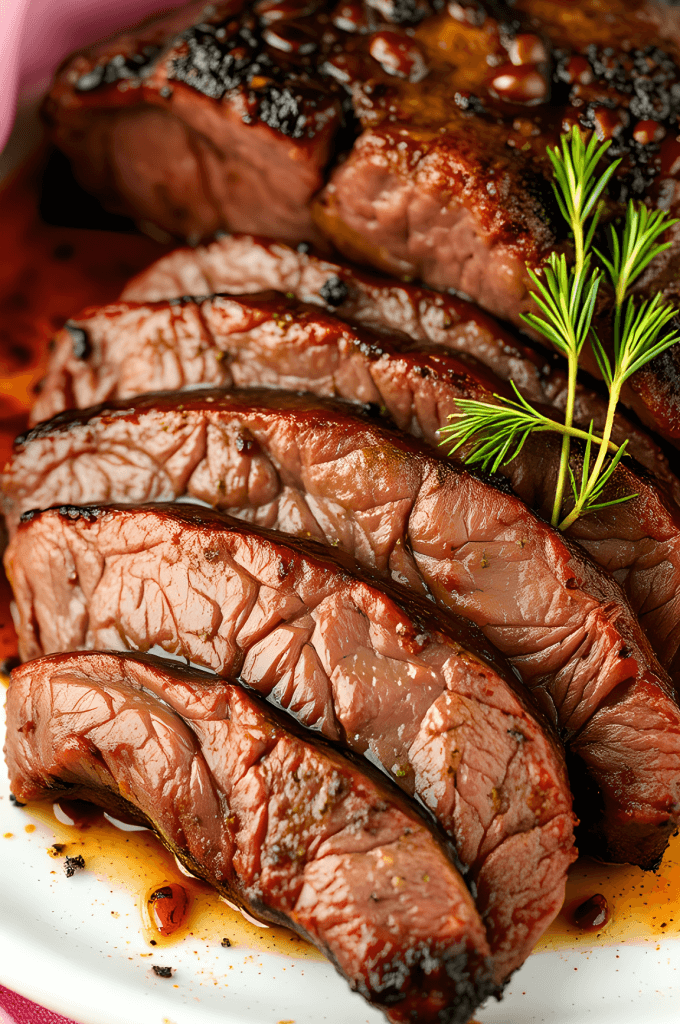
Tips and Tricks
- Slow cooking method: If you prefer, you can also cook the chuck tender roast in a slow cooker. After searing the roast, transfer it to the slow cooker along with the aromatics and broth. Cook on low for 6-8 hours, until the roast is tender and easily shreds with a fork.
- Make it a meal: Serve this roast with mashed potatoes, rice, or a side salad to complete your meal. The beefy pan juices are perfect for drizzling over the sides.
- Add a glaze: If you like a little sweetness with your roast, brush the roast with a mixture of honey and Dijon mustard in the final 20 minutes of roasting for a flavorful glaze.
- Use leftovers: Leftover chuck tender roast can be used in sandwiches, tacos, or on salads the next day. It also makes a great addition to soups and stews.
Why Chuck Tender Roast?
The Chuck Tender Roast is a cut of beef that is often overlooked, but when cooked slowly and properly, it becomes incredibly tender and full of flavor. It’s an affordable cut that can easily feed a family or be stretched for leftovers. The beauty of the chuck tender roast lies in its versatility—it can be roasted, braised, or even grilled.
This cut is known for its deep, beefy flavor, and when cooked low and slow, it’s perfect for creating a juicy, tender roast. It’s ideal for those who love hearty, savory meals but don’t want to spend a fortune on expensive cuts of beef.
Variations of Chuck Tender Roast
- Chuck Tender Roast with Gravy: After roasting, you can make a rich gravy from the pan drippings by adding a little flour to thicken the liquid. Pour this gravy over the sliced roast for a comforting addition to mashed potatoes or rice.
- Garlic Herb Chuck Roast: For extra flavor, rub the roast with a mixture of garlic, rosemary, thyme, and olive oil before searing. This will infuse the meat with even more aromatic flavors.
- Slow Cooker Chuck Roast Tacos: After slow cooking your chuck tender, shred the meat and use it for tacos, burritos, or enchiladas. Add your favorite toppings like cilantro, salsa, and sour cream for a quick and tasty meal.
- Chuck Roast in Red Wine: If you’re in the mood for a rich, savory dish, try braising your chuck tender roast in red wine instead of broth. The wine adds depth and complexity to the flavor, and the long cooking time ensures the meat stays tender.
Health Benefits of Chuck Tender Roast
While Chuck Tender Roast is often considered a more affordable cut, it can still be part of a balanced and nutritious diet when enjoyed in moderation:
- Protein: Beef is a rich source of high-quality protein, which is essential for muscle repair and growth.
- Iron: Beef is an excellent source of heme iron, which is easily absorbed by the body and helps prevent iron-deficiency anemia.
- B Vitamins: Chuck roast is high in B vitamins like B12, niacin, and riboflavin, which are important for energy production and overall metabolic function.
- Zinc: This cut of beef also provides a good amount of zinc, which supports immune function and wound healing.
Pairing it with nutrient-dense vegetables like carrots and potatoes makes for a well-rounded, hearty meal.
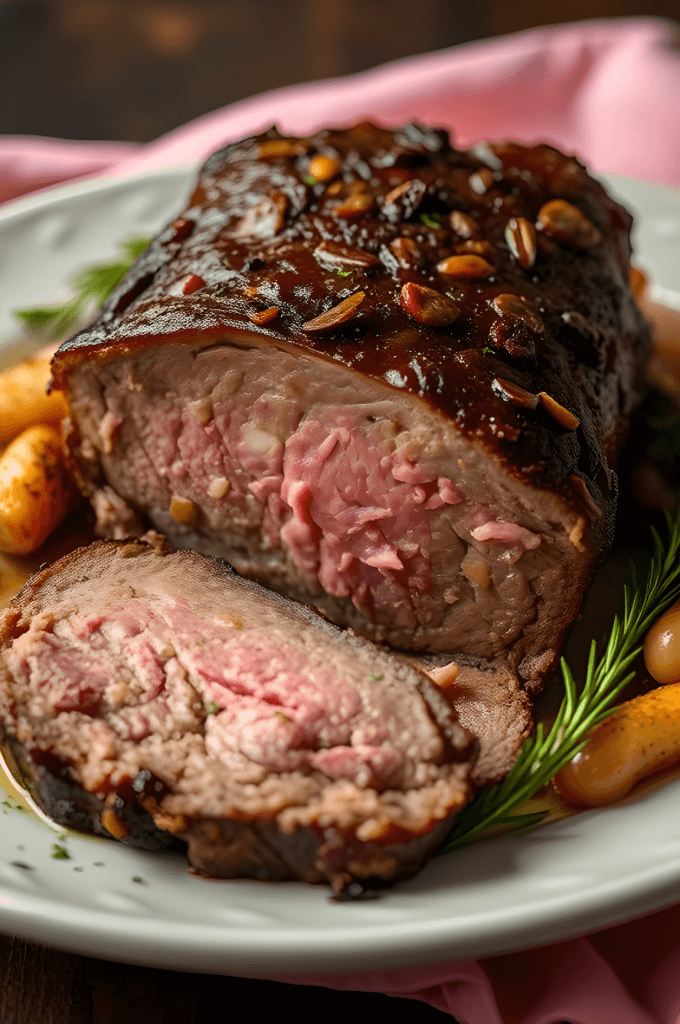
Conclusion
A Chuck Tender Roast is the ultimate comfort food that combines rich flavor, tenderness, and versatility in one delicious dish. Whether you roast, slow-cook, or braise it, the chuck tender roast provides a hearty, savory meal that’s perfect for family dinners or special occasions.
With minimal effort and a few simple ingredients, you can make a flavorful meal that will impress everyone at the table. From the juicy roast to the tender vegetables, this recipe is sure to become a favorite in your culinary repertoire.
Give it a try today, and enjoy the comforting flavors of Chuck Tender Roast!



